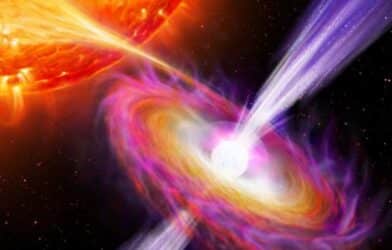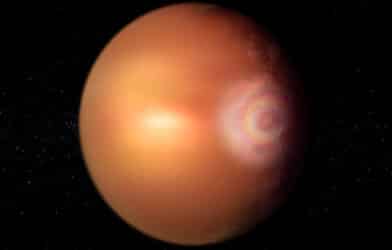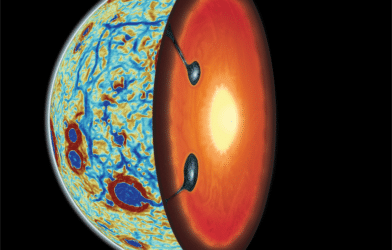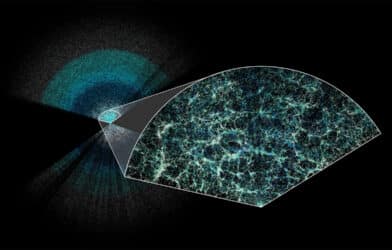The search for habitable planets beyond Earth is on, and the newest candidate might be Ross 508b.
Astronomers have spotted the first planet ever discovered by the Subaru Telescope. The planet itself is what astronomers call “super-Earth,” meaning it’s much bigger than our blue planet, at least four times larger. Planet Ross 508b is a promising new addition to the list of places scientists are looking for life on planets outside our solar system.
The new method used to discover this planet involved using Infrared Doppler, which has been a revelation since previous detection methods weren’t accurate enough. These red dwarfs can’t be seen with the naked eye from Earth, even though they make up about three-quarters of all stars in our galaxy. Red dwarf stars are the most common type of star in the galaxy, but they’re also one of the hardest to see.
Because they are so cool and faint, these exoplanets don’t emit as much light compared to other stars — they have a surface temperature of below 4,000 degrees Fahrenheit. They don’t burn as brightly as our sun as classifications of stars go. Our galaxy is projected to be in our “teenage” years.
This is essentially imperative to scientists due to the viability of planets sustaining life. This so-called “Habitable Zone” exists around red dwarfs and numerous are littered close to our galaxy. The Habitable Zone, appropriately nicknamed “The Goldilocks zone,” is a term used to describe the region around a star where liquid water can exist on a planet’s surface. It’s a region that is neither too hot nor too cold to support life, which means it’s theoretically capable of supporting life. Thus, Ross 508b has a good chance of being rocky rather than gaseous like Jupiter or Neptune.
Habitable zones are defined by their orbit in relation to a sun — any star able to provide sufficient heat and power to a nearby planetoid or mass. An orbit that too closely clips into the radius of the sun may be a frustratingly large factor in considering habitable planets.
“It has been 14 years since the start of IRD’s development. We have continued our development and research with the hope of finding a planet exactly like Ross 508 b,” explains Bun’ei Sato, a Professor at the Tokyo Institute of Technology, in a statement.
The importance of red dwarfs is illustrated by scientists’ interest in them. They are often thought to be the providers of life as they are even younger than our sun but can still sustain life. If we ever need to skip town because our sun grows too wonky or old, we have hope in nearby red dwarfs that may have matured that could offer life.
There’s only one catch about planet Ross 508b: it has an eccentric orbit around its star — skimming in and out of its habitable zone. But still might have water. And that makes it a good candidate for further study, maybe even colonization in the future.
The closest examples lie ironically far from our reach, the closest potential being Mars. With perseverance and longevity, we can discover the true values of such habitable zones but only after time and dedication.
This discovery will allow us to better understand the atmospheres of other planets outside our solar system, which may help us determine whether or not they are habitable.
The research is published in the Publications of the Astronomical Society of Japan.
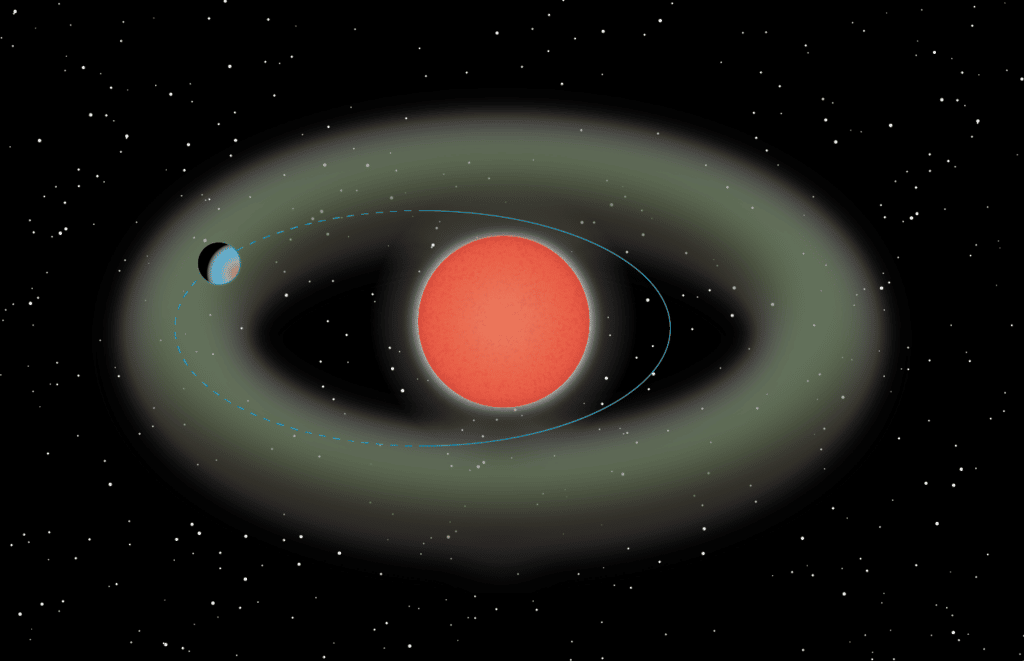




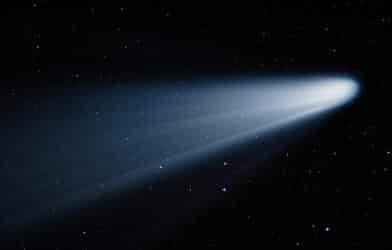

-392x250.png)
